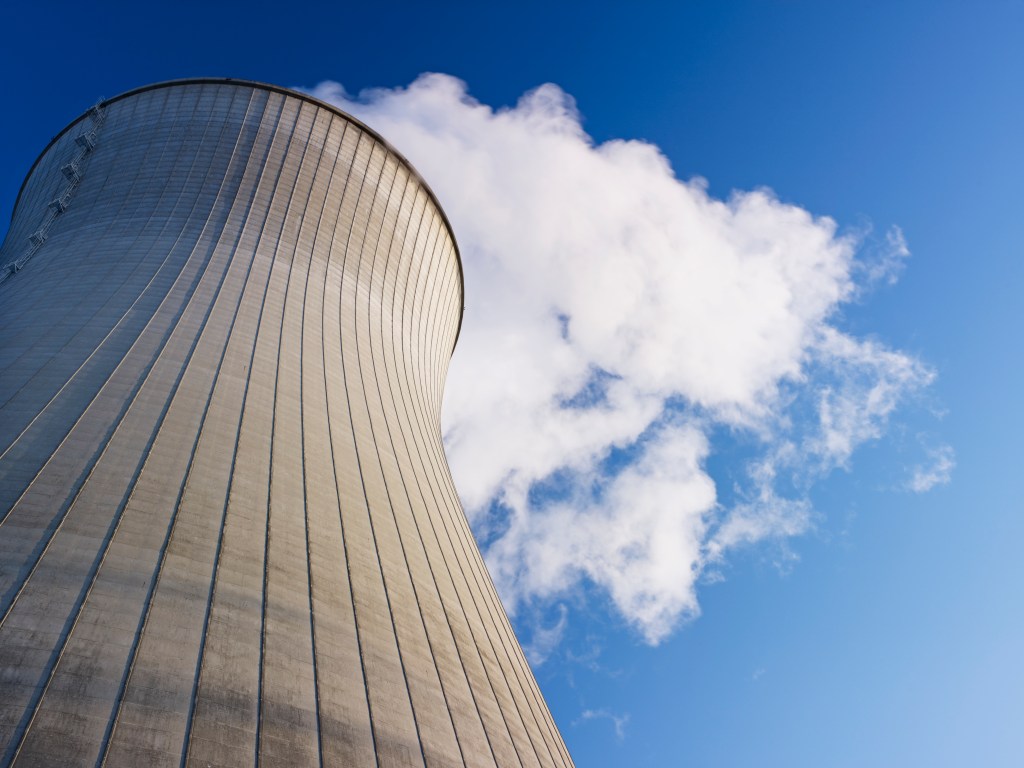Topics
Latest
AI
Amazon
Image Credits:Micha Pawlitzki(opens in a new window)/ Getty Images
Apps
Biotech & Health
clime

Image Credits:Micha Pawlitzki(opens in a new window)/ Getty Images
Cloud Computing
mercantilism
Crypto
initiative
EVs
Fintech
Fundraising
contraption
Gaming
Government & Policy
Hardware
Layoffs
Media & Entertainment
Meta
Microsoft
Privacy
Robotics
protection
societal
Space
inauguration
TikTok
Transportation
Venture
More from TechCrunch
upshot
Startup Battlefield
StrictlyVC
Podcasts
Videos
Partner Content
TechCrunch Brand Studio
Crunchboard
meet Us
Earlier this year , Meta tried to get its own nuclear powered data shopping centre the easy manner , by building one next to an existing nuclear reactor . But after regulatorsthrew cold wateron the design — the site was reportedly home to a rare bee metal money — the society is back with a novel mind : ascertain a developer who will build one or more nuclear powerfulness plant somewhere , anywhere .
Meta announced yesterday a request for proposals from nuclear power developer who would help the company sum up 1 to 4 gigawatts of electrical energy generating capacity in the U.S. It ’s willing to share costs ahead of time in the cycle , accordingto Axios , and it ’ll commit to buying office once the reactor are up and running .
The tour ? applier have to move fast . Initial proposal of marriage are due February 7 , 2025 , and Meta wants the power plants to begin surgical process in the early 2030s .
Apart from the tight timeline , Meta is uncoerced to be flexile . The new power plants do n’t have to be next to a preferred data centre location , as long as they make the power available “ to brook the increment needs of the electric grids that power both our datum centers ( the physical base on which Meta ’s platforms maneuver ) as well as the residential district around them , ” the company said in apress release .
This stance that might facilitate Meta wench regulator ’ views that data center tycoon needs should be balanced with existing need and the stability of the overall power grid . A planned Amazon data center , for example , wastripped upwhen the Federal Energy Regulatory Commission denied its bid to inflate an existing information center mogul agreement , worried it would perhaps cause brownout or blackout for other client .
Traditional nuclear mightiness plant life built today tend to be rated for around 1 gigawatt , so just one would fulfill Meta ’s lowest ambitions . But those intention have test to be costly and time - consuming to construct . Small modular reactors ( SMR ) anticipate to lower costs through modularization and mass output , but those claims stay on untested at a commercial-grade scale .
That doubtfulness has n’t slowed tech company , though . Microsoft is hoping torestart a reactorat Three Mile Island by 2028 . Google is betting that SMR technology can serve it deliver on its AI and sustainability goals , signing a dealwith startup Kairos Power for 500 megawatts of electrical energy . Amazon hasthrown its weight behindSMR startup X - Energy , investing in the companionship and inking two exploitation agreement for around 300 megawatt of generating capacity .
Join us at TechCrunch Sessions: AI
Exhibit at TechCrunch Sessions: AI
The flurry of activity over the last few months suggests that nuclear power is due for a renaissance in the coming tenner , at least if technical school companies can stick to their promises . The rush in pursuit harkens back to tech ’s early accompaniment of renewable office developers , which Meta point out in its announcement : “ We desire to ferment creatively with developers to structure an agreement that will similarly enable development of nuclear engineering , ” the company said .
Still , a lot hinges on the timing . Renewable mogul and batteries go on to get cheaper , and several merger power startups are promising to start their first commercial - scale reactors early in the 2030s . Givenforecasted requirement , there should be plenteousness of way for winners , but that does n’t mean every challenger will succeed .